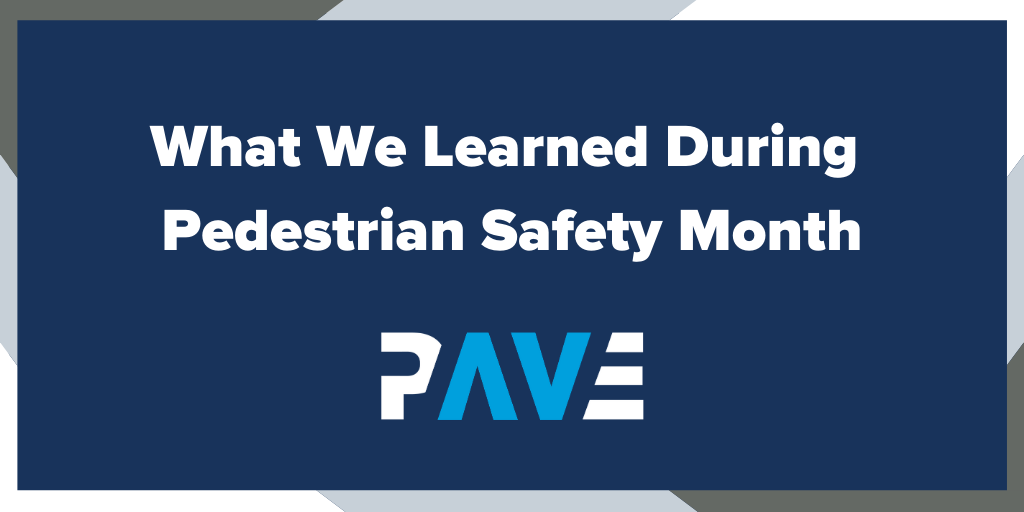That brings us to our third panel, which looks beyond the core autonomous driving technology stack to understand the additional safety layers that AV developers can bring to their vehicles. Featuring GHSA’s Pam Fischer, Nuro’s Public Policy Manager Greg Rogers and !important Safety Technologies’ Bastien Beauchamp, this wide-ranging conversation touched on a broad variety of potential solutions to the problems Fischer describes in GHSA’s data.
Beauchamp’s company develops technology that provides one of these additional safety layers in the form of a smartphone-based beacon that can inform an AV that a pedestrian is present even if they can’t be seen by the perception stack. Calling this technology a “digital seat belt for the modern era,” he points out that many pedestrian deaths are caused by situations where drivers are not responsible and suggests that using connected technologies is one way to prevent deaths that AVs might not be able to prevent.
Rogers highlighted a variety of steps Nuro has taken to improve VRU safety, starting with the size of the vehicle itself: by developing a smaller, occupantless autonomous vehicle, Nuro hopes that the worst-case scenario would never be as bad for one of their R2 delivery bots as it would for a larger vehicle. Of course they aren’t stopping there, adding capabilities like thermal imaging to help detect pedestrians and even an exterior airbag to provide even more protection in a worst-case scenario. These steps, along with thorough development and validation of its core autonomous driving technology, allow Nuro to take the ultimate step of testing their R2s with no backup human safety driver in confidence.
Of course, there’s a lot more that our members are doing to leverage automated vehicle technology to improve VRU safety than we could highlight in our virtual discussions. Argo recently published a blog post on its approach to ensuring pedestrian and cyclist safety, highlighting both its technology and its engagement with cycling groups like the League of American Cyclists. Earlier this year, Waymo published a delightfully nerdy blog post showing how its automated data augmentation improves lidar point clouds of pedestrians and cyclists. Speaking of lidar, laser imaging pioneer Velodyne wrote its own blog post showing how its technology can improve VRU safety, particularly in the low-light conditions where so many pedestrian deaths happen.
After decades of improving safety for vehicle occupants, the crisis in VRU safety is clearly energizing both existing players in the automotive space, new startups and the next generation of AV developers to focus on the unique challenges related to this problem. Though our members caution that no one system or technology is a “silver bullet,” and that work must continue on a variety of fronts to make the necessary progress, we are incredibly proud of all the work they do to make the roads of tomorrow safer for everyone. We hope that this overview of the work they are doing, pushing the boundaries of technology forward, helps illustrate why. If you’d like to learn more, we encourage you to click through the links here for more details on this important work.

